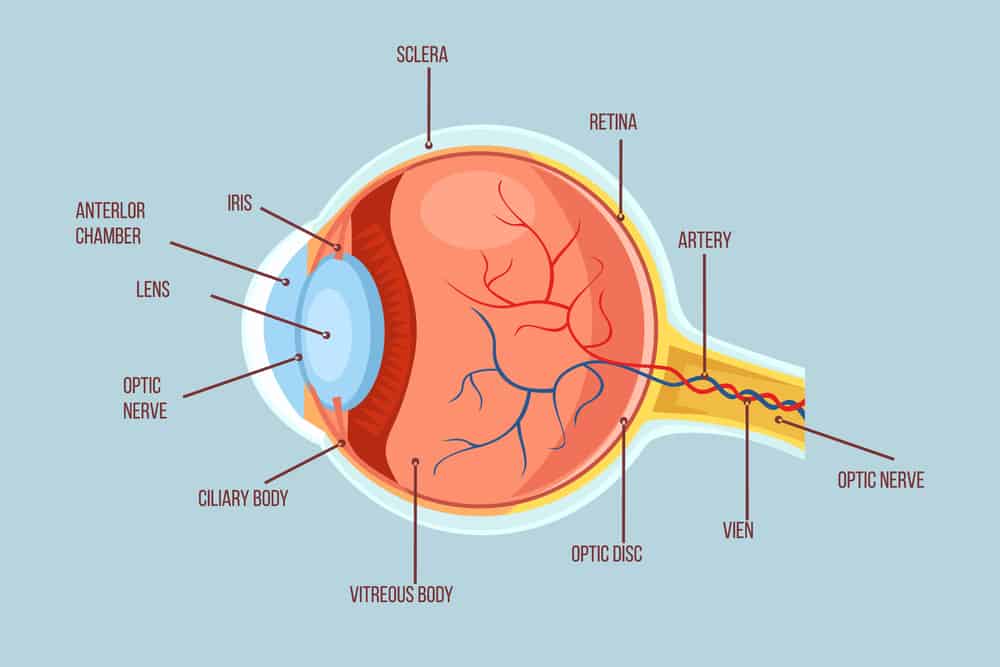The macula is a part of the eye, found in the center of the retina, responsible for our central vision. This small oval-shaped area at the back of the eye is responsible for the processing of straight-ahead, sharp and clear vision. Maculopathy is any disease of the macula. Maculopathy signs and symptoms greatly differ depending on their form.


Common Types of Maculopathy
The following are the different types of maculopathy.
Age-Related Macular Degeneration
Age-Related Maculopathy (ARM), or commonly known as age-related macular degeneration, is a degenerative disease of the retina. It is one of the leading causes of severe vision impairment and often affects people over the age of 50.
People who smoke, are obese, have cardiovascular diseases, or have relatives who have ARM have a high risk of developing disease.
In its early stages, patients developing ARM do not experience vision loss or impairment. As ARM progresses, patients experience blurred vision in their central visual field.
Symptoms of ARM include
- A gradual loss of the ability to see objects clearly
- Loss of color vision
- Straight lines start to look wavy
- Objects appear distorted
- Grey or black spots appear
Diabetic Maculopathy
Diabetic maculopathy is the leading cause of vision impairment from diabetic retinopathy or diseases in the retina caused by diabetes. It usually affects older non-insulin-dependent diabetics.
If diabetes is not well controlled, a patient may suffer macular edema or swelling in the macula. Diabetic Maculopathy leads to trouble with reading and recognizing faces especially in the center of your vision.
Myopic Maculopathy
Myopic Maculopathy, also known as myopic macular degeneration, usually occurs in people with severe short-sightedness due to the elongation of the eyeball.
The elongation of the eyeball causes the layers at the back of the retina to stretch and become very thin. The thinning of the layers at the back of the eye can cause cracks under the retina and bleeding the center of the macula.
Symptoms of myopic maculopathy are similar to other types of macular degeneration. Symptoms may include a gradual loss of vision, trouble seeing shades of colors, and seeing blank or gray spots in the central visual field.
Bull’s Eye Maculopathy
Bull’s Eye Maculopathy, also known as benign concentric annular macular dystrophy (BCAMD), is characterized by a ring of pale-looking damage around a darker area of the macula. These circular bands differ in shades of pink and orange.
BCAMD is a rare hereditary disease. A child of a person affected with Bull’s eye maculopathy has a 50% chance of developing the disease too.
Patients affected with BCAMD manifest partial color blindness, night blindness, or and blurring of vision.


















